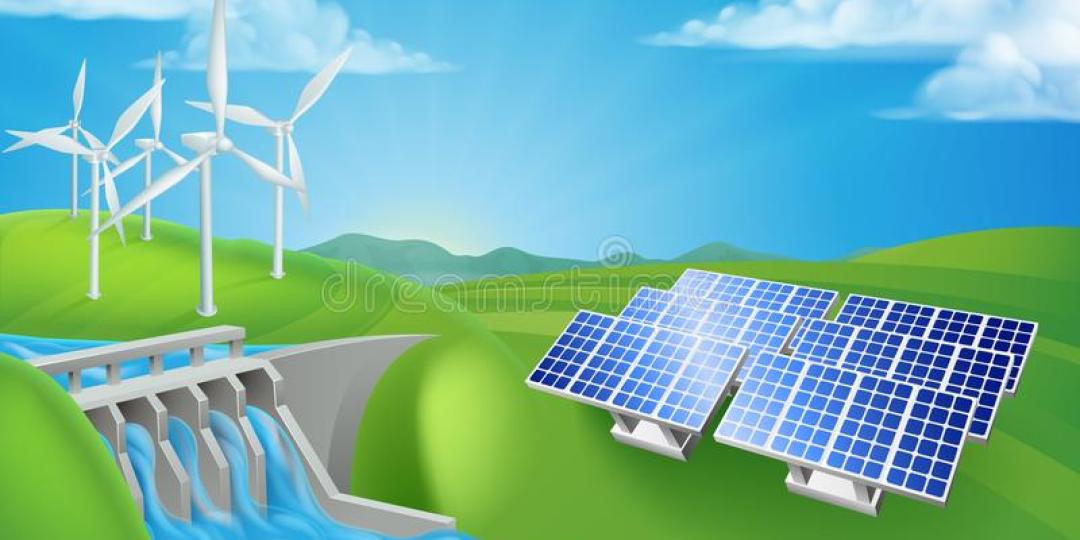A new study by the International Institute for Sustainable Development (IISD) suggests that Eskom holds the key to fundamentally transforming the country’s electricity sector. At present, Eskom’s heavy reliance on aging and unreliable coal-fired power stations has led to ongoing rolling blackouts across South Africa that have cost the country more than R120 billion over the past two years—yet the rollout of new generation capacity has been slow.
“At the moment Eskom is seen as a barrier to renewable energy deployment, but it doesn’t have to be,” says Chido Muzondo, a lead author of the study. “What this research shows is that with the right business model—and sufficient political support—it is entirely possible for a state-owned utility to pivot out of fossil fuels and into more cost-effective and reliable, renewable energy.”
In Power by All: Alternatives to a privately owned future for renewable energy in South Africa, researchers analysed four international cases of publicly and community-owned renewables. One of these case studies looks at Ørsted, a state-owned energy utility in Denmark which was successfully transformed from a fossil fuel dependent utility into a global leader in renewable energy. This example could provide valuable insights into Eskom’s future, given its intention to reach net-zero emissions by 2050.

In 2008, Ørsted, then known as DONG, was an energy utility similar to Eskom, generating around 85% of its power and heat from fossil fuels, and only 15% from renewable energy sources. By 2019, Ørsted became the world’s largest offshore wind power generator, with renewables accounting for 86% of its total generation capacity.
Ørsted’s first step to becoming a renewable power utility was establishing a wind power business unit. In 2006, only two percent of its 4,500 employees worked in the wind energy department. By 2018, half of the 6,000 employees were employed within business units focusing on wind and in 2019, it became the world’s largest offshore wind generator.
“In the Ørsted case study, the development of a small but capable business unit that developed a functional business model allowed the leadership to take the decision to transition the entire utility. This did not happen overnight and the context in South Africa is obviously different—but this could be the first step towards a transition to clean energy in South Africa,” Muzondo says.
The company initially faced some opposition from the Danish government and parliament due to the fear of job losses from transitioning to renewable energy—fears that have been echoed in South Africa too. Ultimately, the utility addressed these concerns through wide-ranging consultation and clear communication.
In a move similar to Ørsted's, Eskom created a Just Energy Transition (JET) office in 2020. Muzondo says that efforts to create new sustainable business units, like Eskom’s JET office, should be supported as they may one day enable a transition of the entire utility.
“The Ørsted case shows that with support from the government and committed leadership, state-owned enterprise transition has the potential to transform the energy sector of a country and transition jobs from the fossil fuel industry to renewables,” she says.















